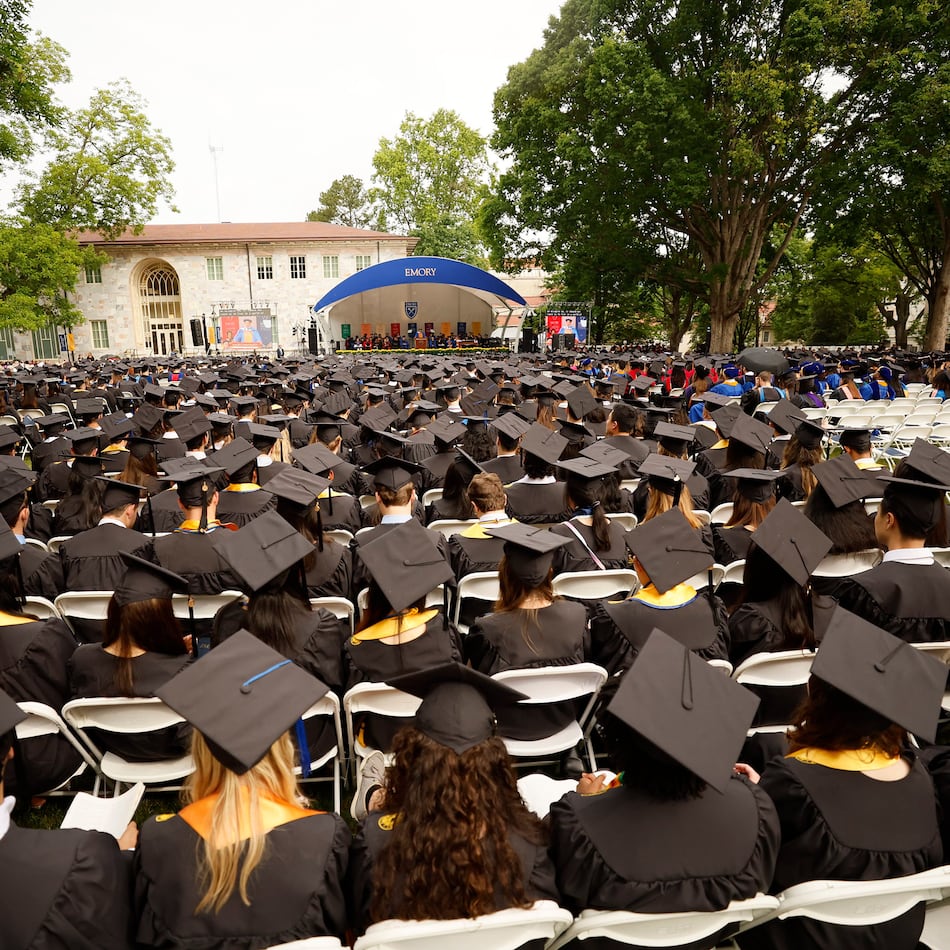The first day of the fall season is noted as the autumnal equinox signals the beginning of astronomical fall. This year, that happens across North America on Monday, Sept. 23. As the weather begins to cool across most parts of the country, here are some things to know about autumn.
What exactly is an equinox?
Twice a year, either on March 20 or 21 and Sept. 22 or 23, the sun's rays shine directly over the earth's equator. March is known as the vernal equinox, or spring equinox in the Northern Hemisphere. September is known as the autumnal equinox.
What occurs during the autumnal equinox?
During the autumnal equinox, day and night are balanced to about 12 hours each all over the world. Earth's axis of rotation is perpendicular to the line connecting the centers of the Earth and the sun.
What is the definition of equinox?
The word equinox was formed by two Latin words: "Equi" is the Latin prefix for "equal" and "nox" is the Latin word for "night."
Fall back: When does daylight saving time end?
This year, daylight saving time began on March 10. It will end on Sunday, Nov. 3.
What time is the official start of fall season?
It depends on where you live, of course. Autumn officially arrives in 2019 at 3:50 a.m. Eastern Daylight Time. Enter your city to find the specific time fall arrives in your area.
About the Author
Keep Reading
The Latest
Featured

